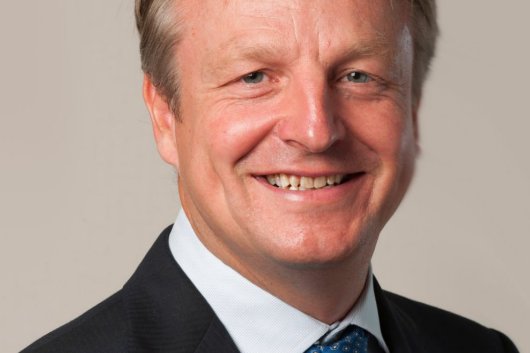Shell's Maarten Wetselaar sees 'big potential' for LNG as bunker fuel
Executive Committee member thinks LNG bunkering is 'one promising sector that's opening up'.
Shell's Integrated Gas and New Energies Director, Maarten Wetselaar, believes there is "big potential for substantial volumes of LNG" to fuel the shipping industry.
Discussing Shell's 125-year participation in the shipping industry, Wetselaar, a member of Shell's Executive Committee, explained that one of five new LNG carriers that Shell will welcome in 2018 from their owners, subsidiaries of Teekay LNG Partners, will be named in honour of its very first ever oil tanker, the Murex, which was launched in 1892.
The vessels will be powered by M-type, electronically controlled, gas injection (MEGI) engines which are designed to be more fuel efficient than other engine types used in LNG shipping, producing fewer emissions.
Explaining the benefits of LNG as a transport fuel, Wetselaar noted: "LNG is not only beneficial as a means of taking energy to where it is needed, it can also be used as a cleaner-burning alternative to conventional fuels for heavy goods trucks and ships. In Europe and North America, environmental regulations introduced in 2015 require shipping operators to reduce local emissions. LNG fuel, which is virtually free of sulphur and particulates, can help them meet these requirements."
"As I look to the future of transport, I see the use of LNG to power ships and long-distance heavy goods trucks as one promising sector that's opening up. Already, there are around 200 seagoing vessels powered by LNG in the world. There is big potential for substantial volumes of LNG to fuel these modes of transport," Wetselaar added.
Last week, Shell announced that it had finalized a long-term charter agreement with Q-LNG Transport for an LNG bunker barge with the capacity to carry up to 4,000 cubic metres (cbm) of LNG fuel. The ocean-going LNG bunker barge will supply LNG to marine customers along the southern U.S. east coast and be used to support growing cruise line demand for LNG marine fuel.
Shell also signed an agreement with Carnival last week to supply LNG to two US-based ships - expected to launch in 2020 and 2022 - using the new supply barge.
In Europe, meanwhile, Shell's LNG bunker vessel Cardissa was recently delivered and will be used to perform deliveries in northwest Europe, sourcing product from the Gas Access to Europe (Gate) terminal in Rotterdam.
In August, Shell also finalized an agreement to charter an LNG bunker barge with a capacity to carry 3,000 cbm of LNG fuel, which will refuel vessels operating on Europe's inland waterways.
Discussing Shell's 125-year participation in the shipping industry, Wetselaar, a member of Shell's Executive Committee, explained that one of five new LNG carriers that Shell will welcome in 2018 from their owners, subsidiaries of Teekay LNG Partners, will be named in honour of its very first ever oil tanker, the Murex, which was launched in 1892.
The vessels will be powered by M-type, electronically controlled, gas injection (MEGI) engines which are designed to be more fuel efficient than other engine types used in LNG shipping, producing fewer emissions.
Explaining the benefits of LNG as a transport fuel, Wetselaar noted: "LNG is not only beneficial as a means of taking energy to where it is needed, it can also be used as a cleaner-burning alternative to conventional fuels for heavy goods trucks and ships. In Europe and North America, environmental regulations introduced in 2015 require shipping operators to reduce local emissions. LNG fuel, which is virtually free of sulphur and particulates, can help them meet these requirements."
"As I look to the future of transport, I see the use of LNG to power ships and long-distance heavy goods trucks as one promising sector that's opening up. Already, there are around 200 seagoing vessels powered by LNG in the world. There is big potential for substantial volumes of LNG to fuel these modes of transport," Wetselaar added.
Last week, Shell announced that it had finalized a long-term charter agreement with Q-LNG Transport for an LNG bunker barge with the capacity to carry up to 4,000 cubic metres (cbm) of LNG fuel. The ocean-going LNG bunker barge will supply LNG to marine customers along the southern U.S. east coast and be used to support growing cruise line demand for LNG marine fuel.
Shell also signed an agreement with Carnival last week to supply LNG to two US-based ships - expected to launch in 2020 and 2022 - using the new supply barge.
In Europe, meanwhile, Shell's LNG bunker vessel Cardissa was recently delivered and will be used to perform deliveries in northwest Europe, sourcing product from the Gas Access to Europe (Gate) terminal in Rotterdam.
In August, Shell also finalized an agreement to charter an LNG bunker barge with a capacity to carry 3,000 cbm of LNG fuel, which will refuel vessels operating on Europe's inland waterways.

|
How to engineer and manage green shipping fuels | Stanley George, VPS
Effective management strategies and insights for evolving fuel use. |
|
|
|
||
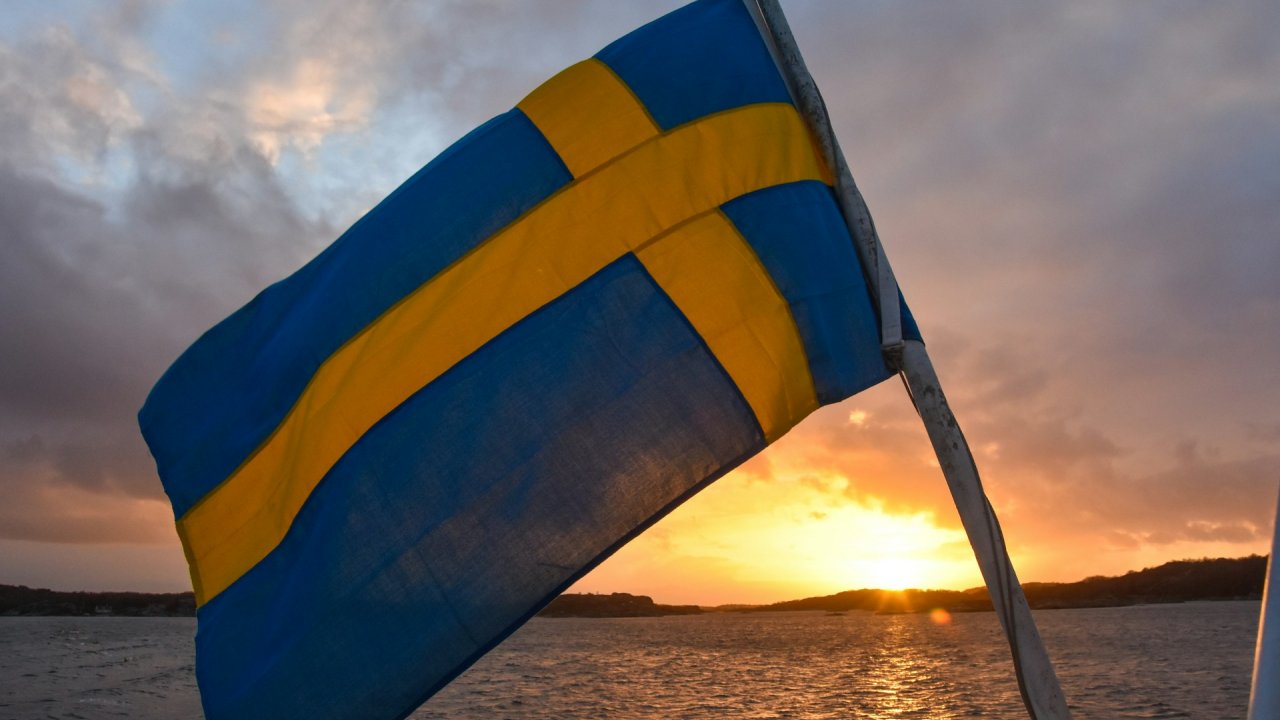
|
Swedish government bans scrubber wastewater discharges
Discharges from open-loop scrubbers to be prohibited in Swedish waters from July 2025. |
|
|
|
||
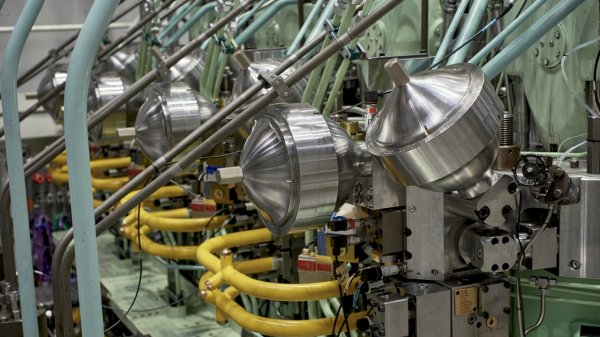
|
MAN Energy Solutions achieves 100% load milestone for ammonia engine
Latest tests validate fuel injection system throughout the entire load curve. |
|
|
|
||
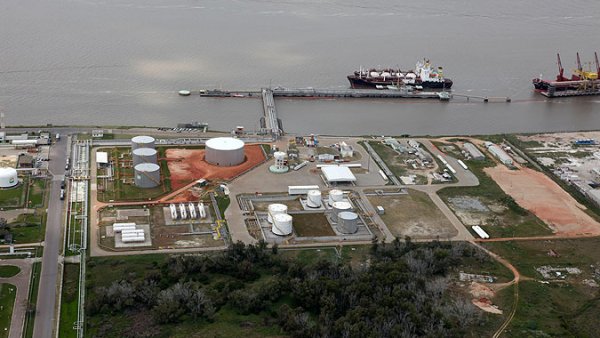
|
Petrobras secures ISCC EU RED certification for B24 biofuel blend at Rio Grande
Blend consisting of 24% FAME is said to have been rigorously tested to meet international standards. |
|
|
|
||
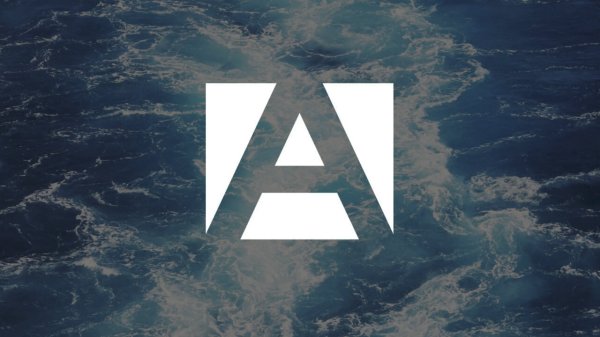
|
Stolt-Nielsen to fully control Avenir LNG with acquisition
Share purchase agreement to buy all shares from Golar LNG and Aequitas. |
|
|
|
||
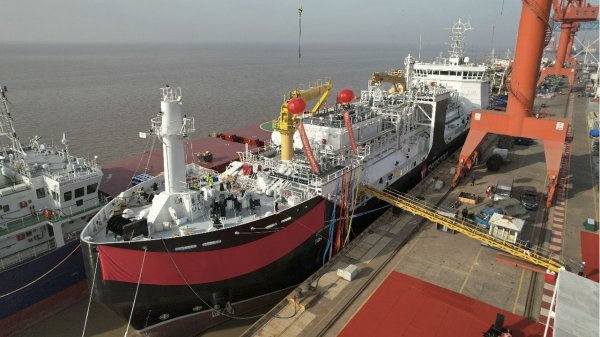
|
Bureau Veritas supports launch of CIMC SOE's LNG bunkering vessel
Handover of Seaspan Energy's cutting-edge 7,600-cbm vessel completed. |
|
|
|
||
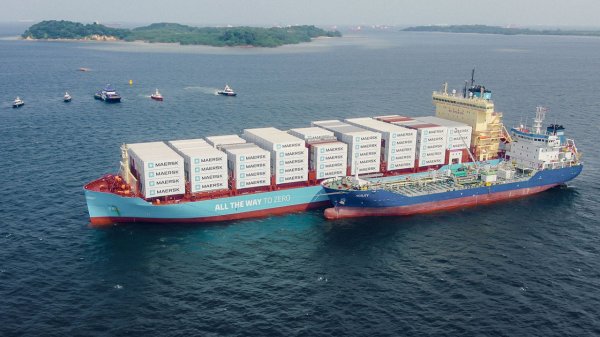
|
Methanol as a marine fuel | Steve Bee, VPS
How environmental legislation has driven the development of low-sulphur fuels and methanol-ready ships. |
|
|
|
||
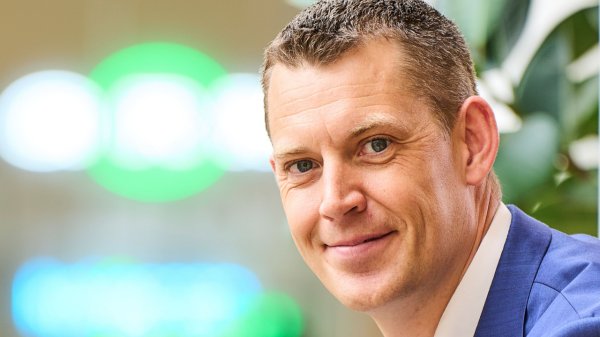
|
Martin Vorgod elevated to CEO of Global Risk Management
Vorgod, currently CCO at GRM, will officially step in as CEO on December 1, succeeding Peder Møller. |
|
|
|
||
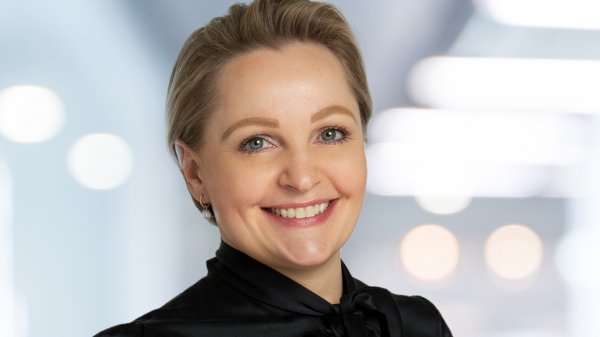
|
Dorthe Bendtsen named interim CEO of KPI OceanConnect
Officer with background in operations and governance to steer firm through transition as it searches for permanent leadership. |
|
|
|
||
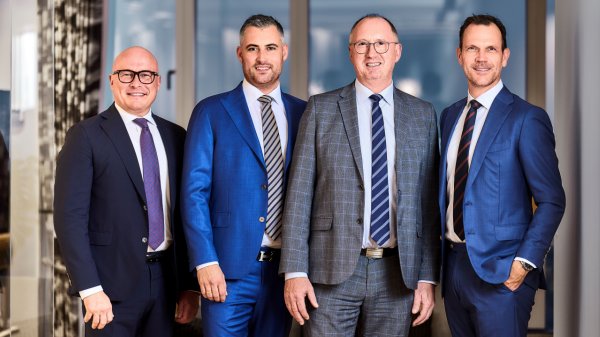
|
Bunker Holding revamps commercial department and management team
CCO departs; commercial activities divided into sales and operations. |
|
|
|
||
Related Links
- · Shell inks deal with Carnival to bunker North America's first fully LNG-powered cruise ships [Insights]
- · Shell charters LNG bunker barge for Southeast US market [Insights]
- · Shell and MPA to jointly research clean fuels and digitalisation [Insights]
- · LNG bunker vessel Cardissa christened in Rotterdam [Insights]
- · FueLNG completes first commercial LNG bunker delivery in Singapore [Insights]

